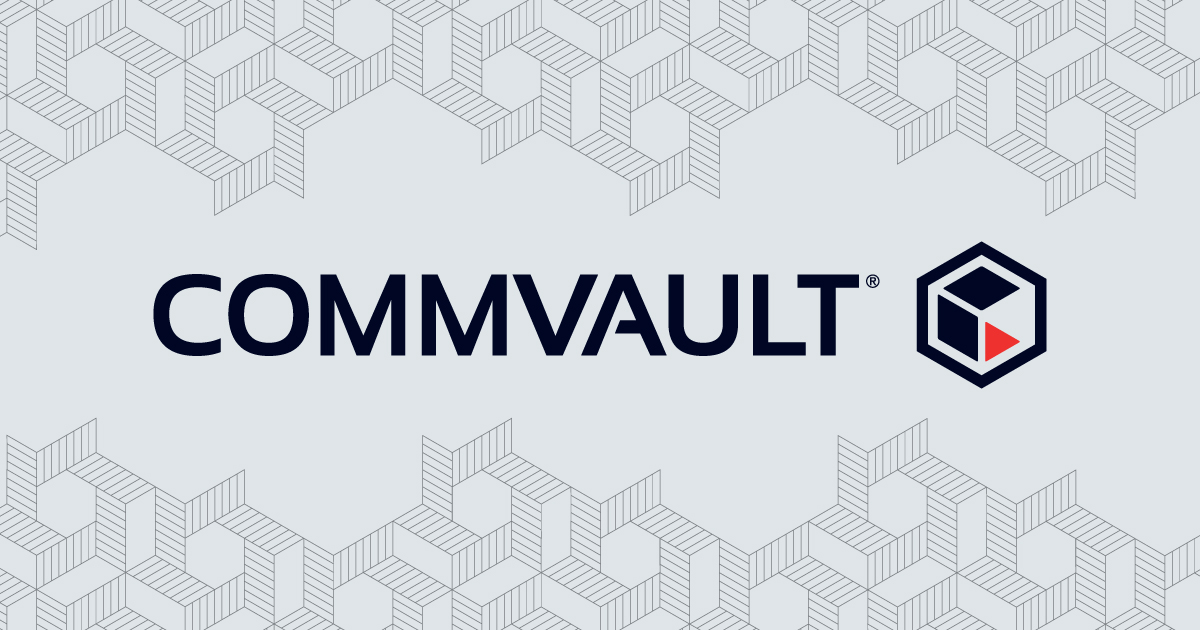Commvault’s Metallic venture to be ‘100% channel-led'
The sub-brand, built on Azure, will be distributed exclusively through an informal partner network


Backup specialist Commvault has revealed that its spin-off software as a service (SaaS) venture will be distributed exclusively through a select number of partners at launch, with a view to being exclusively channel-led.
Metallic, launched at Commvault Go 2019, is pitched at large businesses of between 500and 2,500 employees and allows customers to safeguard their either on-prem or cloud-based files and application data.
Its launch, which is centred on the US at first, will be sold through a stream of select distributors and value-added resellers (VARs), could provide great "attach opportunity" for partners. Those who are selling cloud storage, for instance, or Microsoft Office 365 licenses, will be able to bundle in Commvault's latest venture into their packages.
The Metallic portfolio is geared towards addressing a growing demand among Commvault's customers for SaaS backup and recovery services. It's is set to launch with three strands that span the breadth of SaaS-based data management, including one service devoted entirely to Microsoft Office 365.
"This represents something that already plays into the selling motions of our partner ecosystem," said Commvault's head of operations and go-to-maket Janet Giesen. "It's meant to be at velocity sale; so we're aiming for a 45-to-60 day sales cycle, and something that doesn't create any drag on an existing deal. It's meant to be rapid, and something that helps taking you forward."
The launch is also significant in the way Commvault has pointedly decided to assign the platform a brand in and of itself, rather than including this under the Commvault umbrella.
This, according to the firm's CEO Sanjay Mirchandani, is because Metallic signifies a divergence from how Commvault has traditionally developed and launched a product.
ChannelPro Newsletter
Stay up to date with the latest Channel industry news and analysis with our twice-weekly newsletter
"Part of what Metallic represented for us as a company is a new way of building. We funded it and created a startup within the company, they could tap into anything they wanted to within Commvault or not.
"Choose the go-to-market model, choose the partners they wanted to work with, give them the freedom to create something that is world-class and designed to solve real problems for customers. And they had the best of both worlds."
The three strands comprising Metallic include Core, Office 365 and Endpoint services, each aimed at varying elements of protecting data within a large organisation.
Core, for instance, centres on the 'essentials' of data spanning from VMware data protection to Microsoft SQL database backup. By contrast, Endpoint backup and recovery focuses on protecting data stored locally on machines within an organisation.
The Office 365 provision, meanwhile, is dedicated to protecting an organisation's work within the productivity suite of apps and services to safeguard against potential issues like accidental deletion and corruption.
Available in only the US at first, these are available either through monthly or annual subscriptions, while prospective customers can sign up to a free trial through the platform's dedicated website.
These are then converted into 'leads' which are fed through to Commvault's handful of launch partners, with customers able to register their partner of choice through which Metallic is distributed to their organisation.
Although the company doesn't have a defined partner programme for Metallic as of yet, Commvault is planning to construe such a formal scheme during next year, while inviting any and all of its partners to sign up to distributing Metallic.

Keumars Afifi-Sabet is a writer and editor that specialises in public sector, cyber security, and cloud computing. He first joined ITPro as a staff writer in April 2018 and eventually became its Features Editor. Although a regular contributor to other tech sites in the past, these days you will find Keumars on LiveScience, where he runs its Technology section.
-
 CISA issues warning in wake of Oracle cloud credentials leak
CISA issues warning in wake of Oracle cloud credentials leakNews The security agency has published guidance for enterprises at risk
By Ross Kelly
-
 Reports: White House mulling DeepSeek ban amid investigation
Reports: White House mulling DeepSeek ban amid investigationNews Nvidia is caught up in US-China AI battle, but Huang still visits DeepSeek in Beijing
By Nicole Kobie